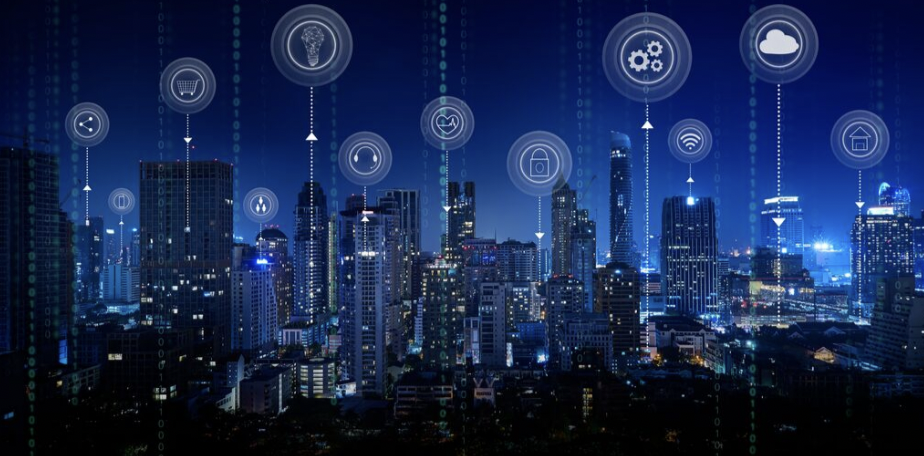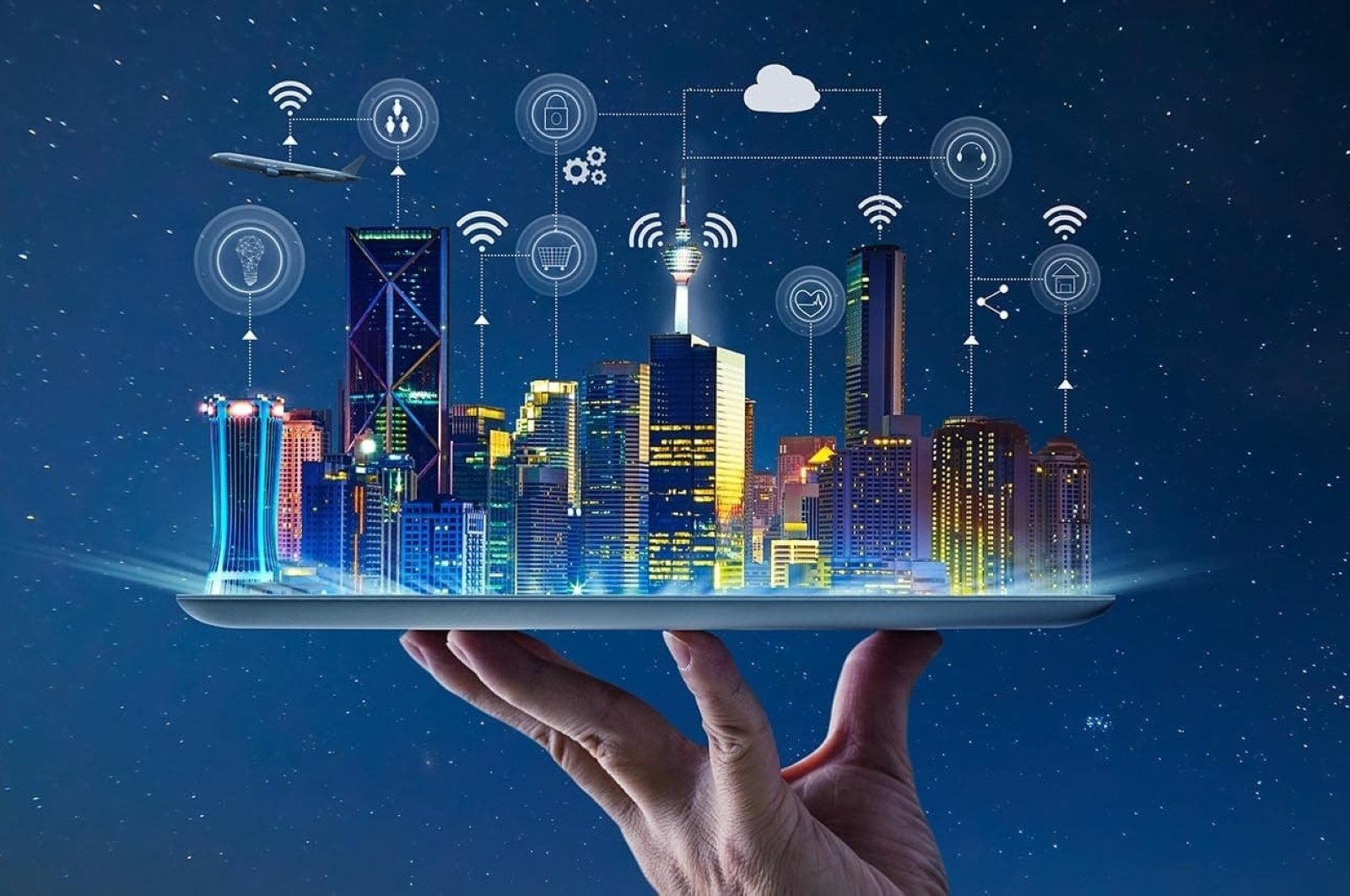
As urban areas increasingly face environmental and socioeconomic challenges like global warming, rapid population growth, urban sprawl, and pollution, smart city technology offers a promising way forward.
Through joint agreements between public and private sector organisations, many cities around the world are now well on their way to becoming smart cities. But what exactly is involved in such a transformation, and how does modern technology translate to on-the-ground improvements in resource efficiency and quality of life?
What is a smart city?
A smart city is a city or municipality which in corporates technology (primarily IoT devices) within an integrated setting across various types of infrastructure. For example, the use of cameras and sensors to monitor traffic, security, weather, air quality, transport systems, and utilities can be paired with data analytics technology to make city services more efficient.
Such pairings allow real-time data to be gathered and analysed, with lessons from the data applied immediately where they can benefit most. Typical outcomes include increased energy efficiency, reduced carbon footprints, and widespread quality-of-life enhancements.
From digital street signs that direct motorists to less busy roads, to sensors that detect gas leaks, to electrical grids that anticipate varying usage rates, to garbage bins that send an alert when full, to city bike rental locations that tell users where to find more available bikes, today’s vast array of smart city innovations can unlock noticeable improvement wherever it is implemented.

When combined with predictive analytics, smart city data applications can monitor infrastructure such as damaged roads or water pipes, automate traffic control to reduce congestion, enable smart parking technology, and provide real-time transport scheduling and tracking. This type of information lets entire communities reduce time and cost on a day-to-day basis.
Smart city technology can also play an important role in helping citizens stay healthy. It can measure changes in air pollution during certain hours in the day, sending alerts to people’s smartphones. A well-designed system can also use its networked cameras to detect criminal activity as it happens, thereby improving police response time.
Indirect benefits include the ability of local governments to develop better relationships with their citizens, as these technological features can build a foundation of trust. Integrated websites and mobile applications can publicly stream live data and interactive maps to keep everyone aware of what is going on around the city, helping people see exactly how their taxes are being used to improve their quality of life.
Public and private employees also improve their skillsets when they gain experience with smart city operations. They learn, for example, how to read, interpret, and act on real-time data rather than simply following static and monotonous procedures. Such digital literacy improvements can help prepare the wider workforce for larger modernisation projects.

Remaining Challenges
Although private smart developments like One Bangkok and CP Makkasan can result from entirely private initiatives, large-scale smart city projects can only come about through local government partnerships involving the private sector. For this reason, there must be good ties within the community – and transparency between all parties. Overly bureaucratic governmental policy can also stifle progress, even though certain rules and regulations are needed since most of the collected data will be maintained by private tech companies.
Other obstacles to successful smart city implementation include the reality that not everybody has access to the required technology to benefit from smartphone alerts and other forms of data output. Moreover, the availability of supporting infrastructure, such as wireless internet access, may likewise be limited depending on people’s income level. Logistics issues can also interfere with successful smart city development, as supply chain disruptions, fewer shipping routes, and the ongoing chip shortage may create unexpected delays.
Even without such challenges, the path to viable smart city services requires special care at a technical and organisational level. For example, concerns over data privacy must be thoroughly addressed – particularly in light of Thailand’s strict new PDPA laws– with all necessary steps taken to avoid security breaches at every node in the network.
Though a complete smart city transformation takes significant time and investment, the rewards are plain for all to see. Indeed, as more towns and cities implement such an upgrade, residents elsewhere will begin to pressure their local governments to carry out similar improvements. The age of the smart city is coming, and the day is not far off when people will wonder how they ever lived without the convenience of smart city living.
This is the first in a series of articles exploring the importance of smart cities and the Metaverse. We will be publishing many more in the coming weeks, so stay tuned.



